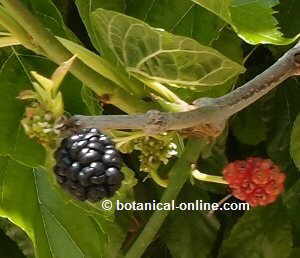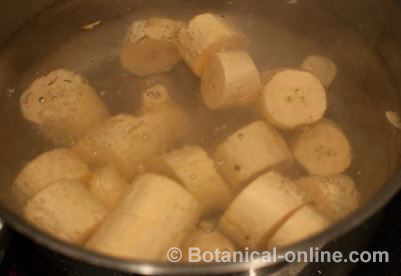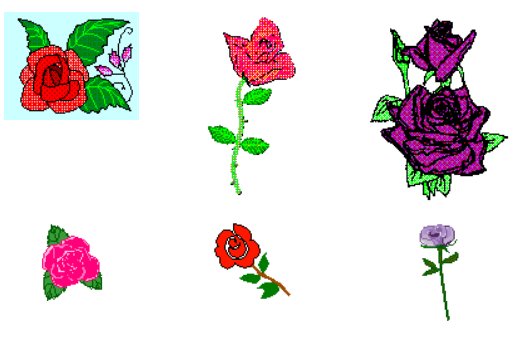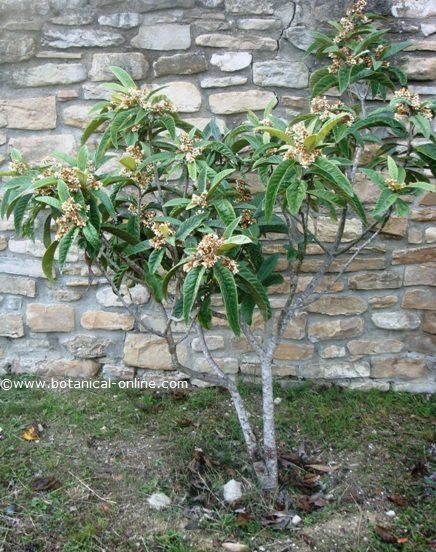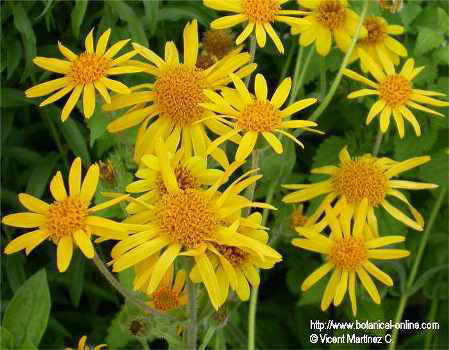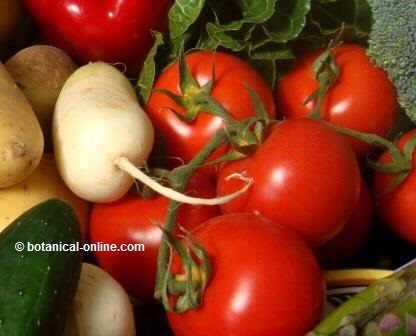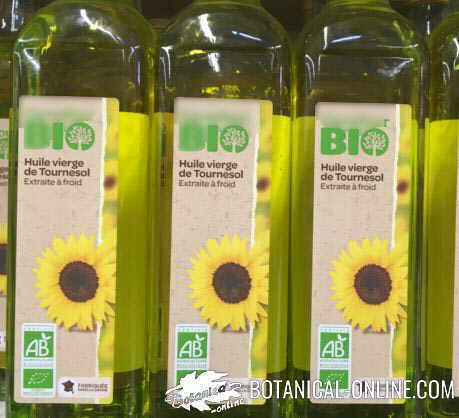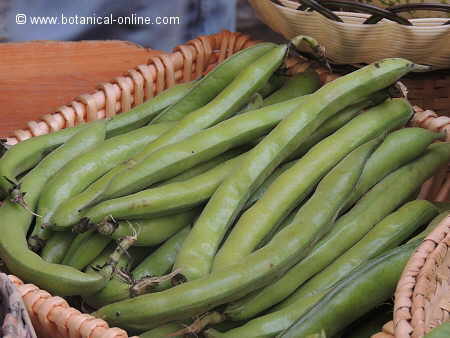Contents
What is a horse chestnut?
Characteristics of horse chestnut (Aesculus hippocastanum)
Common English name: Horse chestnut, conker tree
Scientific name: Aesculus hippocastanum L. (“hippocastanum” means horse chestnut, from Hippo = horse and castanum = chestnut. It was so called because its fruit was formerly used to feed horses and other animals)
* See: Horse chestnut in other languages
Family: Sapindaceae = Hipocastanaceae
Habitat. Where to find horse chestnut trees?
Natural from northern India, Asia Minor, Greece, Bulgaria, the Caucasus and the Himalayas. Now it appears as a cultivated garden tree in many parts of the temperate world, especially in northern Europe and North America.
Description of horse chestnut
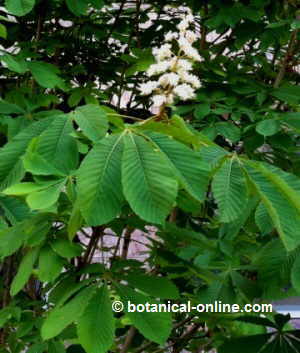
Deciduous tree of the Hipocastanaceae family till 15 to 20 tall.
Stem erect, reddish brown, with streaks.
Leaves opposite, dark green, and long stalked with 7 leaflets ovate-lanceolate, serrated margin, wider towards the apex.
Flowers pink or white, rarely yellow, grouped in clusters of pyramidal shape. Calyx consists of 5 petals with a wavy red spot at its base. With 5 sepals.
Fruits in capsule, covered with spines, with 1 to 3 cells, containing the brown seeds (nuts).
It blooms from early spring to midsummer. The fruits ripen in autumn.
Collecting and conservation: The bark has to be collected in spring, the fruits in early autumn. The first must be dried in the shade. The fruits should be dried in the sun. Both must be preserved in cloth bags protected from light and moisture.
Components of horse chestnut
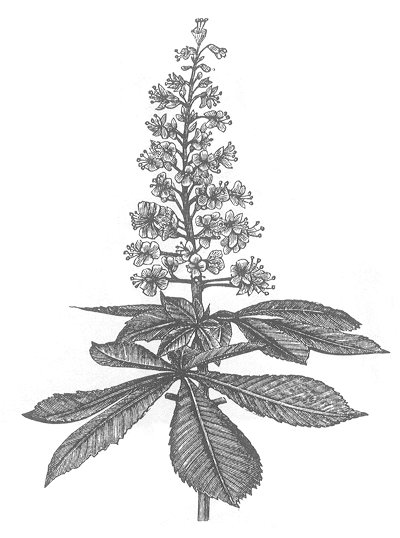 Drawing showing and inflorescence
Drawing showing and inflorescence
- Acids: acetic, angelic, glucuronic (seed), uric (plant) and citric (bark)
- Saponins (seeds)
- Tannins (flowers)
- Escin = aescin (bark and seed)
- Catechins (bark)
- Aesculin (bark)
- Aesculetin (bark)
- Allantoin (bark)
- Fraxin (bark)
- Fraxetin (bark)
- Quercetin (bark)
- Quercitrin (bark)
- Astragalin (bark)
- Kamferol (bark)
- Starch (seed)
- Protein (seed)
- Fat (seed)
![]() More information on horse chestnut
More information on horse chestnut

